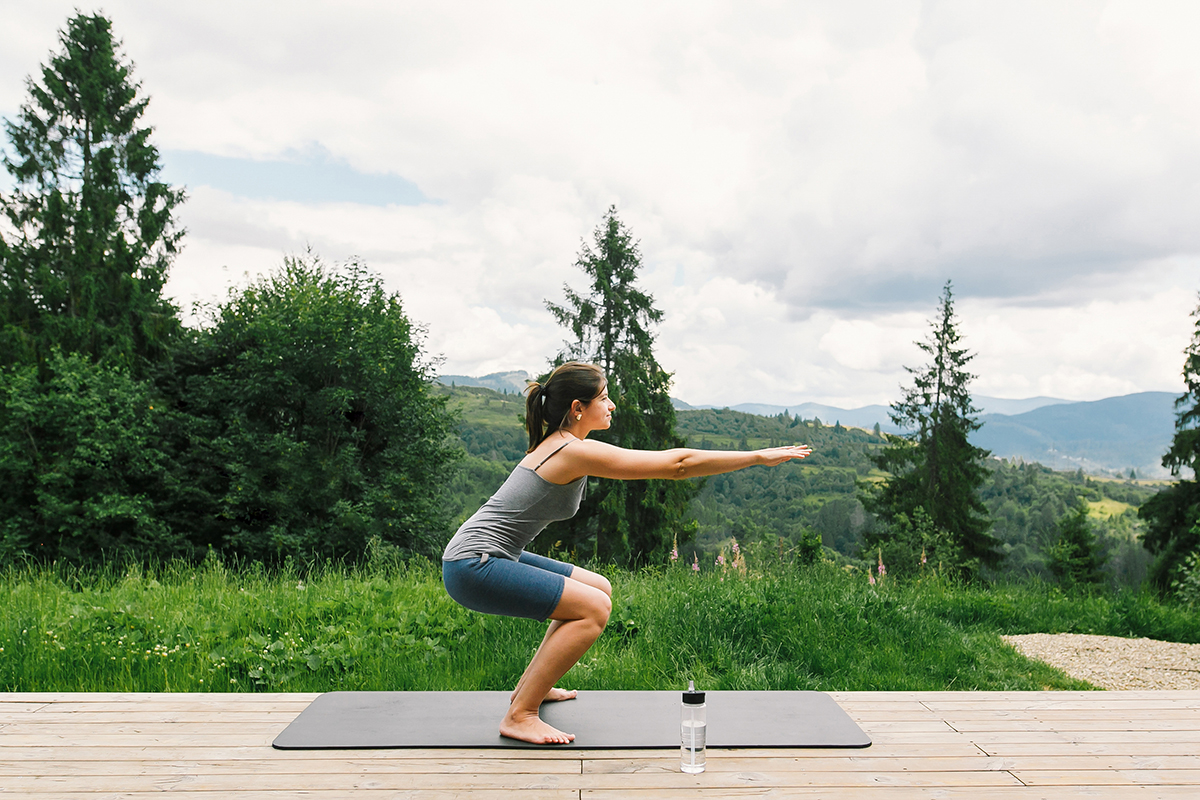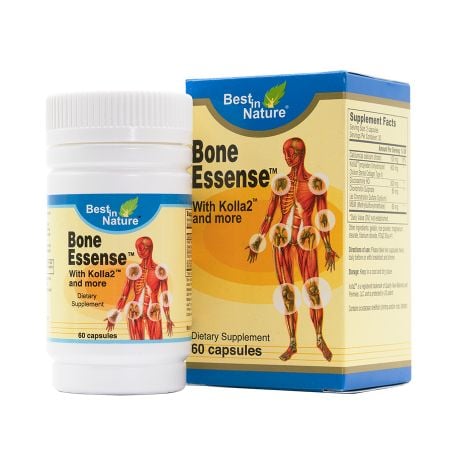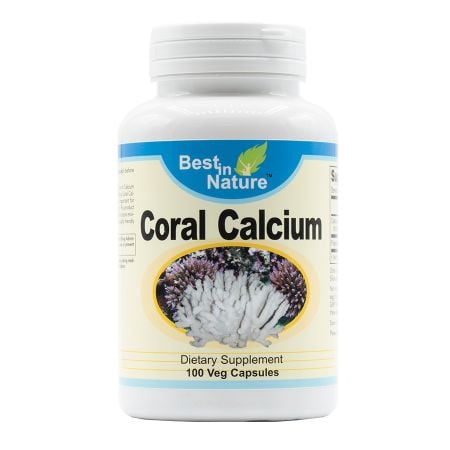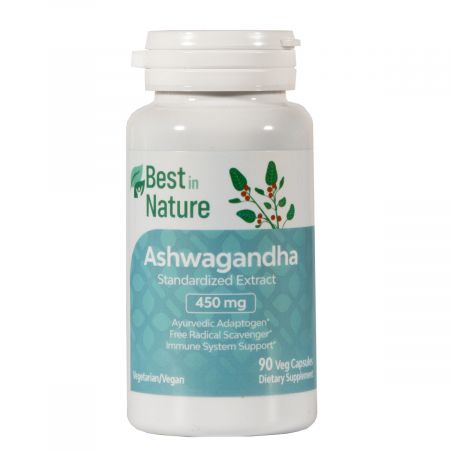
Runner’s knee, tennis elbow, golfer’s elbow. Injury names like these would seem to suggest that exercise is simply damaging to the body. It would be easy to think that you should just sit back and preserve what you have but not so fast! Exercise actually benefits your bones and joints for a number of reasons. Let’s take a look at how.
Exercise Toughens The Connective Tissues
Aerobic exercise and strength training can help to toughen the tendons and ligaments that hold your body together. Because these connective tissues connect our bones, joints and muscles, strengthening them through exercise is key to maintaining mobility, maintaining stability and preventing injuries.
Exercise Strengthens Joint Cartilage
The cartilage in your joints provides cushioning that allows you to move with comfort and ease. Age, lifestyle factors, inflammation and being overweight can cause this cartilage to degrade. In a case of “use it or lose it”, exercise has actually been shown to reinforce cartilage where one might have thought exercise wears cartilage down.
How so? Your joints are surrounded by a thin layer of tissue connected to your blood supply called the synovial membrane. Cartilage itself isn’t connected to our blood supply so it gets nutrients from the synovial fluid. When you exercise and blood pumps through your body more intensely, the synovial membrane is fed more nutrients which filters into the cartilage strengthening it over time. Additionally, exercise activates cartilage repairing genes!
Building Up Muscles Further Reinforces Your Joints
In addition to tendons and ligaments, the muscles surrounding the joints also play a role in offering stability and supporting your body. When you exercise and build up the muscles surrounding your joints, it can take some of the load off of your bones and joints.
Recently, walking backwards has gained attention for strengthening muscles around the knees and hips, resulting in improved range of motion and better balance.
Exercise Helps with Joint Lubrication
Speaking of synovial fluid, exercise helps it to circulate more freely in turn helping to lubricate your joints. This helps your bones glide past each other with more ease.
Exercise Can Help Remove Cellular Waste from Your Joints
Exercise or fasting can activate a biological process known as autophagy where damaged cells in the joint are broken down and removed. This process is thought to be important in alleviating the effects of osteoarthritis.
Exercise Can Increase Joint Stability
When we look at the musculoskeletal system, the joints are supported by tendons, muscles and ligaments. Exercise can strengthen all of these and when that happens, it is easier to maintain the stability of our joints.
Your movements will come more easily and you’ll experience less pain doing them. Most importantly, when your joints are stable, you have a better sense of balance and you’re less likely to sustain an injury. Consider that falls are a leading source of injuries among seniors.
Exercise May Decrease Joint Pain
Exercise can be a pain or is it? It might actually be a way to prevent and alleviate pain in your joints. This happens in several ways.
Firstly, aerobic exercise decreases bodily inflammation that can contribute to joint pain. Once you think about it, the connection is fairly clear given that arthritis literally means joint inflammation.
Additionally, we’ve all heard of the runner’s high. What happens is that the exercise triggers the release of endorphins. These feel good hormones can make you feel happier and decrease your perception of pain.
Exercise is a Part of Weight Management
Every movement you make puts more stress on your joints when you’re overweight. So exercise and the resulting weight benefits are key for maintaining the health of your joints.
Exercise doesn’t have to be intimidating either. Everyone can still benefit from walking, swimming or riding their bicycle. However, weight-bearing exercises can provide even more benefit.
But Doesn’t Exercise Cause Arthritis?
People used to think that exercise simply degraded our connective tissues and arthritis in old age was a natural result. Following this logic, athletes should have the absolute highest rates of arthritis.
But a 2008 study wanted to find out if this was truly the case. The study compared 284 dedicated runners with 156 non runners and found little to link between exercise and the onset of arthritis. After a 21-year follow-up period, the runners experienced significantly less musculoskeletal disability than their less active peers. To top it off, the runners also enjoyed a 39% lower mortality rate.
Bottom Line
It’s easy to think of our bones, joints and connective tissues as a limited resource that degrades with every step and movement. But that isn’t how things work. Exercise has numerous benefits for flexibility, injury prevention and pain management.
This article is provided for informational purposes only and is not intended to be used as medical advice. If you have immediate concerns about your health, please seek the help of your physician.
*These statements have not been evaluated by the Food and Drug Administration. Products are not intended to diagnose, treat, cure or prevent disease.







Validate your login
Sign In
Create New Account